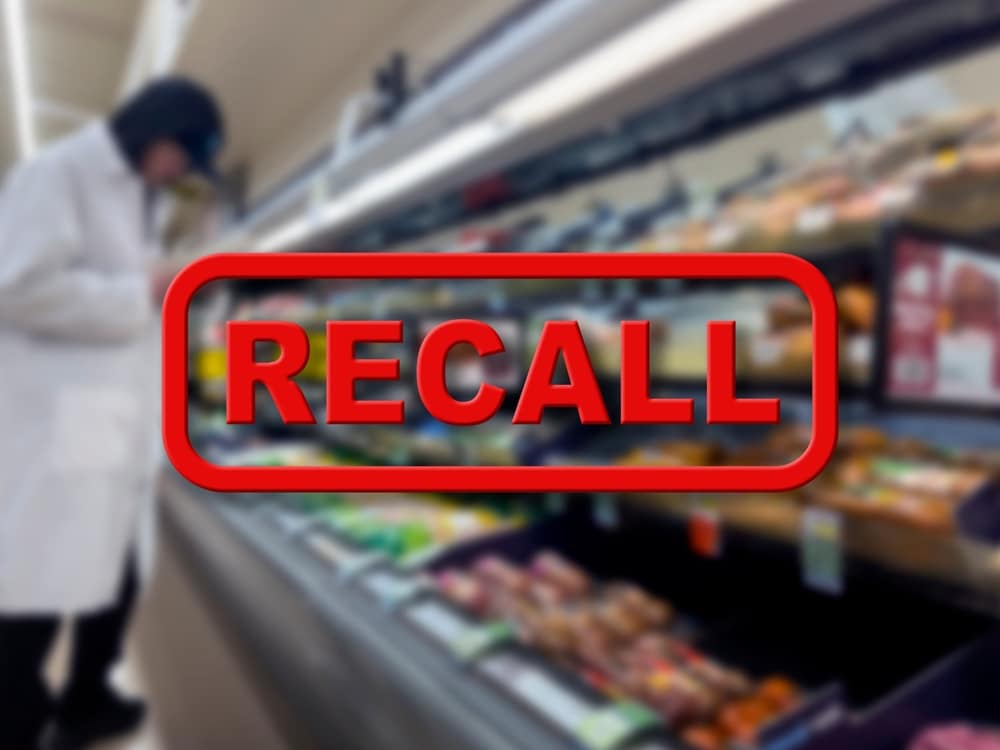(OPINION) If you believe that your life will continue on as normal because the war between Russia and Ukraine is on the other side of the globe, you should think again. We were already facing the worst energy crisis since the 1970s before the war broke out, and Russia is one of the most important energy producers on the entire globe.
As energy markets are thrown into further turmoil, energy prices will go to unprecedented heights. And as I have documented repeatedly in recent months, the global food crisis has just continued to get worse as global food supplies have continued to get tighter and tighter.
Normally, Russia and Ukraine export vast quantities of food to the rest of the world, but the war is going to change that. We really are facing a horrifying breakdown of our food and energy systems, and that is going to affect every man, woman, and child on the entire planet.
Let’s start by taking a look at the impact that this war will have on food supplies. Even the Washington Post is admitting that the war in Ukraine will likely “push U.S. food prices even higher”… Russia’s invasion of Ukraine could push U.S. food prices even higher, as the region is one of the world’s largest producers of wheat and some vegetable oils.
And the disruptions could drag on for months or even years, as crop production in the area could be halted and take a long time to restart. This new inflation shock comes at a time when global markets remain extremely strained because of pandemic-related disruptions.
The price changes impacted commodity prices in recent days and could flow through to higher costs at grocery stores and restaurants soon. Food prices have already been rising very aggressively all over the world, and this has pushed millions upon millions of poor people at the bottom of the economic food chain into hunger. But now this war threatens to push this crisis to a dangerous new level because Russia and Ukraine typically produce “nearly a quarter of the world’s wheat”…
Russia and Ukraine together produce nearly a quarter of the world’s wheat, feeding billions of people in the form of bread, pasta, and packaged foods. The countries are also key suppliers of barley, sunflower seed oil, and corn, among other products. So if exports from those two warring nations are reduced or completely cut off, how are we possibly going to replace that output? Does anyone have an answer for that?
Collectively, Russia and Ukraine usually account for “29 percent of all wheat exports and 75 percent of global exports of sunflower oil”… Ukraine is the world’s fourth-largest exporter of both corn and wheat. It is also the world’s largest exporter of sunflower seed oil, an important component of the world’s vegetable oil supply.
Together, Russia and Ukraine supply 29 percent of all wheat exports and 75 percent of global exports of sunflower oil, said Kelly Goughary, senior research analyst Gro-Intelligence, an agriculture data platform. This isn’t just bad. This is really bad. Previously, I have written about how global agricultural production is going to be down all over the globe in 2022 because fertilizer prices have started to spiral out of control.
In fact, in Africa alone, it is being projected that enough food to feed 100 million people will not be grown this year because of the outrageous cost of fertilizer. Well, guess what? It turns out that Russia is one of the biggest global exporters of fertilizer… Russia is a key global player in natural gas, a major input to fertilizer production.
Higher gas prices, and supply cuts, will further drive fertilizer prices higher. Russia is one of the biggest exporters of the three major groups of fertilizers (nitrogen, phosphorus, and potassium). Physical supply cuts could further inflate fertilizer prices. One expert that was interviewed by the Washington Post admitted that we are “headed for a supply crunch that will be hard to resolve”.
That is one of the biggest understatements that I have heard in a long time. Even before the war erupted, some types of fertilizer had doubled in price, some had tripled in price and some had actually quadrupled in price. A few weeks ago, I shared what one industry insider told me about fertilizer prices.
He warned that many farmers all over the U.S. simply will not be able to grow corn this year because it will not be profitable due to soaring fertilizer prices. And now fertilizer prices are likely to go much higher. This really is a nightmare. Six months down the road, we are likely to see food riots all over the globe. Meanwhile, the global energy crisis is entering a very alarming new chapter. According to USA Today, 30 percent of all-natural gas that Europe uses is provided by Russia…READ MORE

















